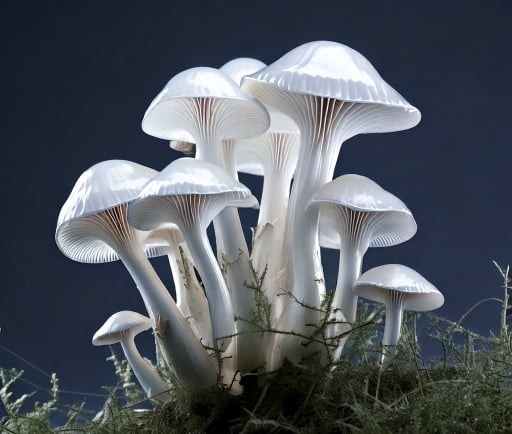Innovative Solutions: How Aspergillus Terreus and Engyodontium Alum Break Down Plastic


Introduction to Plastic Pollution
Plastic pollution is a pressing environmental concern that poses significant threats to ecosystems, wildlife, and human health. With billions of tons of plastic waste generated annually, finding efficient and sustainable methods for plastic degradation is crucial. Recent research has shed light on the fascinating abilities of certain fungi, including Aspergillus terreus and Engyodontium alum, in breaking down plastic materials. This blog post will explore how these fungi contribute to plastic waste management.
Aspergillus Terreus: Champion of Plastic Degradation
Aspergillus terreus is a filamentous fungus known for its remarkable enzymatic properties. Studies have demonstrated that this organism can efficiently degrade various types of plastics, including polystyrene and polyurethane. By producing specialized enzymes, A. terreus facilitates the breakdown of these synthetic polymers into simpler, non-toxic compounds. The metabolic pathways involved in this process are a significant area of research, providing insights into bioremediation strategies.
Engyodontium Alum: A New Front in Plastic Decomposition
Similarly, Engyodontium alum is gaining attention for its potential to address plastic waste. This lesser-known fungus has shown promise in biodegrading polylactic acid (PLA), a commonly used biodegradable plastic. Through enzymatic action, E. alum converts PLA into lactic acid, which is a valuable substance in multiple industrial applications. The discovery of E. alum’s capabilities allows for alternative approaches to plastic waste management by harnessing the natural processes of fungi.
Future Implications and Sustainable Practices
The promising findings related to Aspergillus terreus and Engyodontium alum pave the way for innovative solutions in managing plastic waste sustainably. By further exploring the enzymatic mechanisms and enhancing the fungal capabilities through biotechnological advancements, researchers hope to develop efficient biological solutions for plastic decomposition. Integrating these fungi into waste management practices could significantly reduce plastic accumulation in landfills and oceans, contributing to a healthier environment.
In conclusion, the study of Aspergillus terreus and Engyodontium alum represents an exciting frontier in combating plastic pollution. As we continue to face the challenges posed by plastic waste, the exploration of biological degradation processes offers a glimmer of hope for a sustainable future.
